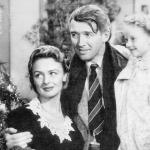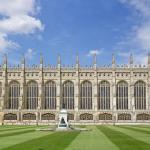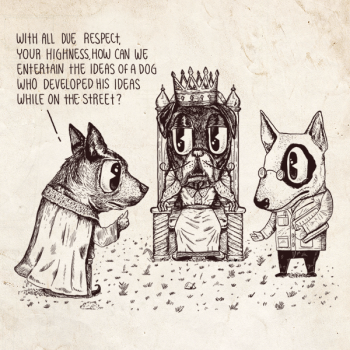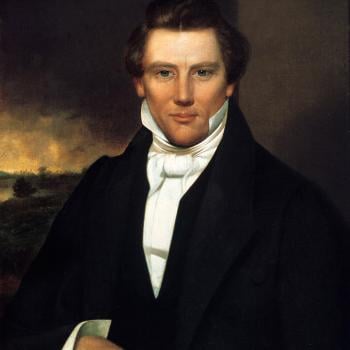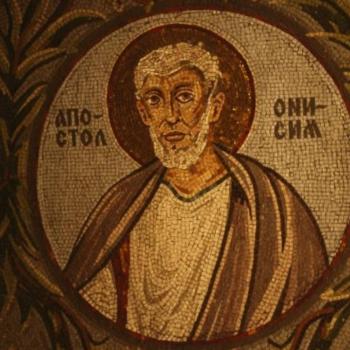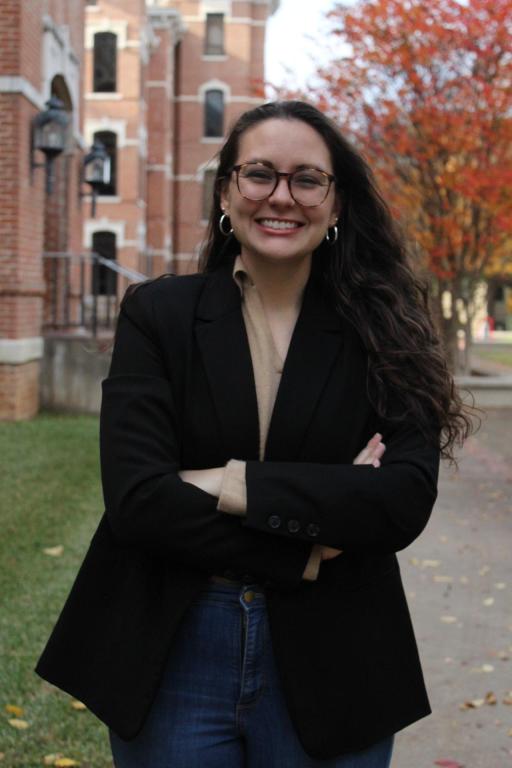 Today we welcome Katie Heatherly to The Anxious Bench. Katie is a first year student working on her Masters in History at Baylor. In my graduate seminar this Fall, Women’s History and Theory, I had the students write two of their assignments blog-style. My goal is to help students learn how to communicate scholarship in an accessible way. I then selected what I deemed the best blog from each student and had the class vote on which they thought should be posted on The Anxious Bench. Katie was our Fall 2021 winner. I hope you enjoy her post as much as our seminar did.
Today we welcome Katie Heatherly to The Anxious Bench. Katie is a first year student working on her Masters in History at Baylor. In my graduate seminar this Fall, Women’s History and Theory, I had the students write two of their assignments blog-style. My goal is to help students learn how to communicate scholarship in an accessible way. I then selected what I deemed the best blog from each student and had the class vote on which they thought should be posted on The Anxious Bench. Katie was our Fall 2021 winner. I hope you enjoy her post as much as our seminar did.
“Are you an insider or an outsider?”
A fellow student asked this question of me during my first few weeks of graduate school–after I had explained my interest in the history of twentieth-century fundamentalist and evangelical women. The question referred to my position as I study history. Am I positioned within the evangelical community, or am I an outsider looking in? In other words, am I an evangelical?
Evangelicalism is both a movement by which I have been dearly loved and deeply hurt. As a young woman in the Christian church, evangelical insider status was often associated with particular gender norms, which were understood as God’s intention for creation and the result of faithful interpretation of scripture. Complementarianism was the natural outworking of a theology devoted to “the plain reading” of scripture. Feminism was evidence of a broken world, one of many movements against which evangelicals defined themselves. Purity rings were proudly donned by the majority of middle and high school girls in my youth group, who understood these rings as products of their faithfulness rather than cultural markers of evangelicalism.
Complementarians were insiders, feminists were outsiders, and evangelicals discussed these gender ideologies with militant religious language, claiming these identity boundaries were fixed theological concepts.
What was missing from evangelicals’ understanding of themselves was a historical framing of complementarian gender ideology. Historians of evangelicalism have long debated what seems to be a simple question: how do we define both evangelicalism and fundamentalism? Who is the insider, and who is the outsider to evangelize?
It’s the sort of definition question that historians typically outline in their introductions and then move on. Yet this question has sparked a lively historiographical debate surrounding the nature of the movements. David Bebbington’s quadrilateral is one of the more influential understandings of evangelicalism and it cites four primary characteristics of evangelicals: biblicism, crucicentrism, conversionism, activism. George Marsden, one of the leading historians of fundamentalism, famously stated that a fundamentalist was an “evangelical who was angry about something.”[1] Marsden concluded that while the desire to redeem culture was a significant aspect of fundamentalism, ultimately, militancy regarding the inerrancy of the Bible, premillennial dispensationalism, separatism, and the affirmation of other traditional evangelical doctrines characterized fundamentalism. There is a swath of other historical arguments outlining exactly who insiders are in these movements, but many historians understand the boundary markers of evangelicalism as primarily theological.
Gender history changes this narrative.
In my recent reading of historian Margaret Bendroth’s Fundamentalism and Gender, 1875 to the Present (1993), I was struck by the ways that gender impacts our historical understanding of the roots, definitions, and boundaries of fundamentalism. Bendroth demonstrates that late Victorian men experienced gender anxiety over feminine piety reaching threatening levels. Fundamentalist revivalism consequently “provided a base for the airing of masculine grievances against religious feminization that would in time become openly antifeminist in language and practice.”[2] The construction of this masculine persona intertwined with fundamentalist separatism, inerrancy, dispensationalism, family structures, search for order, and militancy. What came to define fundamentalist insiders was not only their theology but also militant masculinity. This understanding of the boundaries of fundamentalism also partly defined outsiders whom fundamentalists would come to militantly oppose: feminists.
In her epilogue, a reflection on evangelical feminism, Bendroth ends her historical work with an appeal to evangelicals to understand their history, specifically the history of the masculinity they constructed as central to their identity.
What Margaret Bendroth asks, Kristin Du Mez answers. In her recent book, Jesus and John Wayne: How White Evangelicals Corrupted a Faith and Fractured a Nation (2020), Du Mez places evangelical theology in a historical context, specifically discussing the construction and development of militant white evangelical masculinity. Du Mez traces evangelical masculinity from the early twentieth century through the 2016 election and argues that cultural fascination with mythic heroes, soldiers, and cowboys formed an evangelical masculinity intertwined with white nationalism, which often contradicted scripture itself.
Thus, Du Mez demonstrates how gender, cultural heroes, and the political right became central to drawing boundaries between those inside the evangelical movement and those outside it. Du Mez’s work encourages evangelicals to understand their own history of masculinity and culture.
If Bendroth and Du Mez discuss the construction and impact of evangelical gender ideology, in The Preacher’s Wife: The Precarious Power of Evangelical Women Celebrities (2019), historian Kate Bowler examines the role of female megachurch celebrities and demonstrates how these women, such as Beth Moore and Victoria Osteen, used cultural norms to establish authority in a male-dominated faith, thus remaking popular religion. These women’s adherence to culturally acceptable standards of beauty, rhetoric, and gender roles allowed them access to insider evangelical influence. Yet evangelicals deemed some of these women outsiders if they failed to meet certain cultural, political, or theological standards.
Bowler explores how women’s negotiations with evangelicalism took place in the realm of both theology and culture—these women attained insider status by adhering to evangelical notions of both.
When we view evangelical theology within its historical context, especially with considerations of gender, we can explore more fully the ways in which evangelical and fundamentalist identities are bound up in theology, culture, and politics. While understanding evangelicalism as a murky mix of theological, cultural, and political convictions might seem a particularly pessimistic view of the movement, it is in many ways good news for evangelicals. It demonstrates that gender ideology changes; it has a history.
If patriarchy is not inherent to evangelicalism, insider status might one day break from patriarchal gender ideology. In the words of Du Mez, “what’s done might also be undone.”[3]
But evangelical insiders must first understand what they have done.
[1] George M. Marsden, Fundamentalism and American Culture, 2nd ed. (New York: Oxford University Press, 2006), 235.
[2] Margaret L. Bendroth, Fundamentalism & Gender, 1875 to the Present (New Haven: Yale University Press, 1993), 14.
[3] Kristin K. Du Mez, Jesus and John Wayne: How White Evangelicals Corrupted a Faith and Fractured a Nation, 1st ed. (New York, NY: Liveright Publishing Corporation, a division of W. W. Norton & Company, Inc., 2020), 304.


